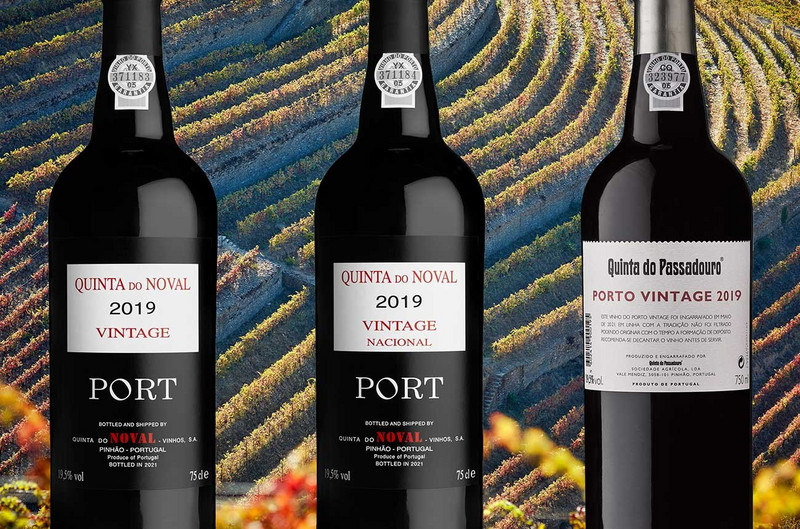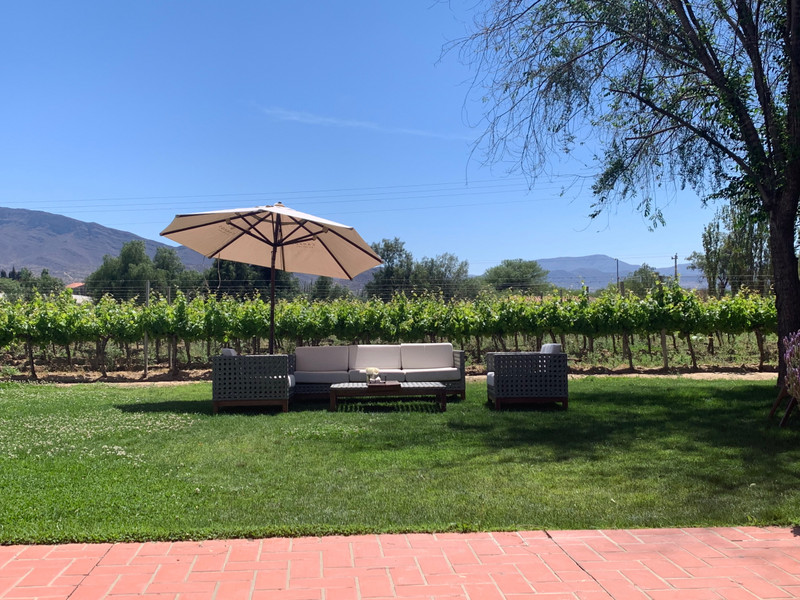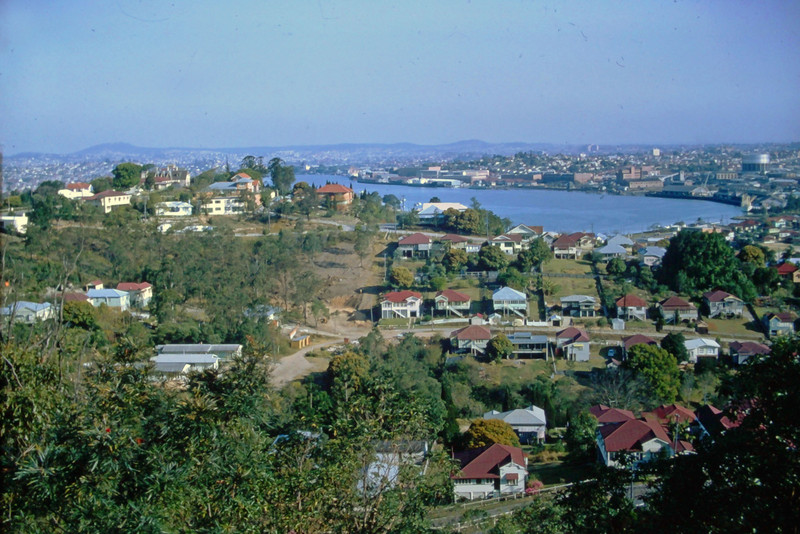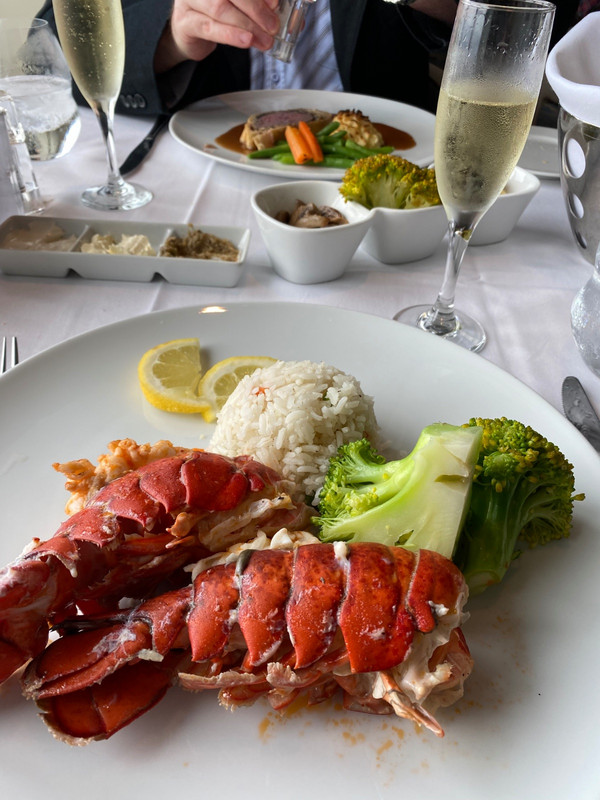Rather than explore all of the wines and regions of Portugal, I will focus on the Douro Valley, home of the most famous Portuguese wine, port, and more recently some enticing red wines. In fact, my trip up to Porto from Lisob is designed to do just that. Focus on ports and red wine. Do not be alarmed if you know very little or nothing about Portuguese wine. I was the same way back in 2001 on my first trip here. My golf buddy and travel mate, Mr. Mike made sure I got a deep and informative introduction into Portuguese wines, particularly vintage ports. We spent most afternoons, after 18 holes of golf, tracking down vintage ports. The two names you may be familiar with are port (of course) and Vinho Verde. But Portugal has 14 wine regions, with strict laws and geographic boundaries, which generally translate to higher quality. The word quinta on the label is what Portuguese call a wine estate. The grape varieties are also listed on the label. A label with garrafeira indicates that the winemaker has done some oak aging, a bit like reserva in Spain. Vinho Verde is a white wine that is low in
alcohol, with flavors of lime and peach. They often have a little spritz, and pair perfectly with seafood. Vinho Verde is a coastal region in the northwest, with their wine intended for early drinking, without oak aging. Vinho Verde can be aged, more like a Riesling after a few years in the cellar. But Douro Valley is my focus, since their wines have been produced for centuries (two thousand years), and world famous, in the case of port. But in the last decade or so, dry red wines are making some progress. Today, dry Couro wines can be red, white or rose. The reds are quite full bodied and lend well to oak aging, often using the same red grapes used for making port. These include Toriga Nacional, Toriga Franca, Tinta Barroca, and Tinta Roriz (same as Tempranillo in Spain). The better producers are Niepoort, Quinta do Crasto, or Quinta do Popa. If a white burgundy is your wine, try the Redomo Branco by Niepoort. Port is why I am here, so port tasting will be high on my list of activities. Port is a fortified red wine that made Portugal famous. Fortified wines are made by processing
wine with a grape spirit, typically brandy. The addition of the brandy adds a natural sweetness to the wine, making port the digestiv of choice after dinner. The rich, bold flavors include hints of chocolate, berries, and cinnamon. So how did this happen? Back in the 17th century, the Brits decided to boycott French wines because of increasing tensions between the two countries. English merchants began searching for alternative wines in Portugal and found the Douro Valley to their liking. But with the wine region so far away, merchants decided to transport the wines out of the coastal city Porto, which is how port wine got its name. To keep the wine from spoiling on the long voyage, producers started fortifying their wine with brandy, resulting in the unique taste of Port today.
Port wine is made from grapes from the Douro Valley. The grapes are crushed in fermentation tanks to extract juice and pulp from their skins. After crushing they are left to ferment until they reach optimum sugar and alcohol levels. Once they reach that level, producers add brandy to fortify the wine, stopping fermentation and retaining some of the natural sugar taste of the grapes. Then all port is aged in oak or steel containers for a minimum of two years.
Ruby port, which is bright, bold red, fruity with wild berry and plum undertones, and aged two to six years in oak vats.
Tawny port, which are aged in oak casks longer than ruby port, creating a lighter color wine, usually amber or brown. This allows the wine to develop flavors with nutty and wood undertones.
White port is made with white port grapes, aged for a shorter time in large vats. They are typically served chilled with dry and light flavors and used mostly as an aperitif.
Pairing ports is both fun and inventive.









